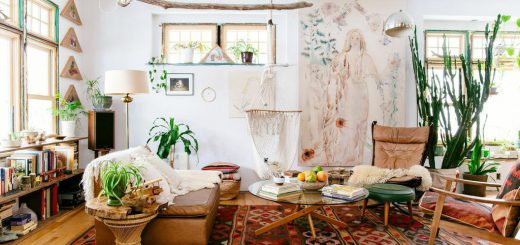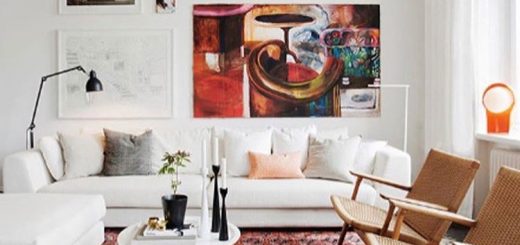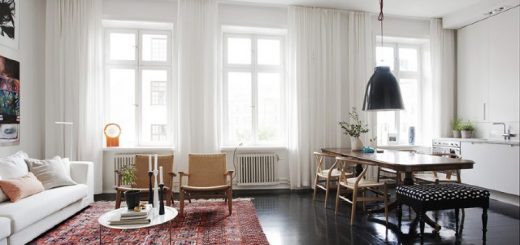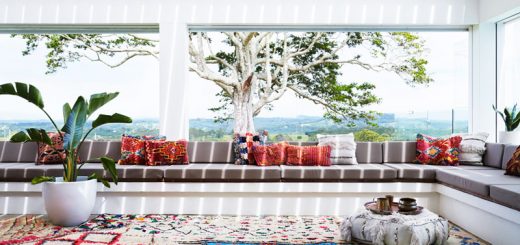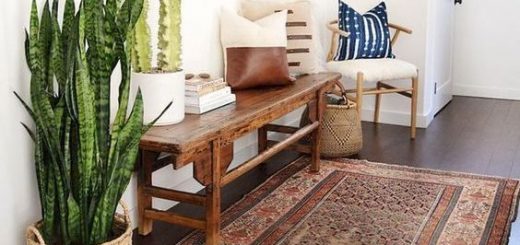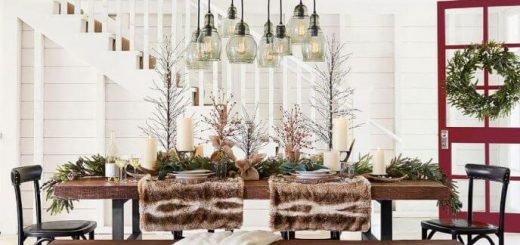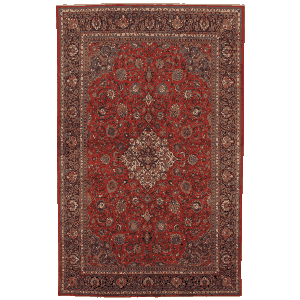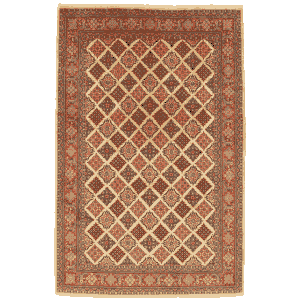Oriental Rugs in Modern Scandinavian Design
History
Over time, the Scandinavian countries developed their own rug-making tradition, that draws on traditional tapestry-style weavings, as well as oriental kilims. The effects are equally dazzling and can be very effective in modern spaces. Rugs of this type were made in Sweden starting in the early-20th century and fit very well into modern and mid-century American interiors.
Rooms with a modern design aesthetic and a white-on-white color palette are well known to us in the U.S. But these are not your typical white box spaces. In historic buildings boasting elaborate and heavy baseboards, crown moldings and door trim, it was, for the most part, a glossy white for trim work, paired with flat white walls, white ceilings and sometimes white fixtures. The same traditional aesthetics also seem to have carried over into the realm of modern and contemporary spaces, where the lack of trim work and baseboards creates a sleek, yet elegant and very comfortable look.
The floors are most often treated in a traditional way, with wide plank pine, sanded to a satiny smoothness and treated with lime. There is no varnish or polyurethane finish to be seen anywhere, just a soft, pale, smooth matte finish that is very easy on bare feet.
Use it to Liven Your Room
This uniquely elegant approach—using the floor as a canvas on which to make the major statements of an otherwise white-on-white room—allows the rug to provide a dazzle of color and pattern to both anchor and enliven the room. And while any colorful rug can conceivably fulfill this role, oriental rugs—especially classic or antique pieces—seem tailor-made for this duty. The dazzling array of colors, motifs, and meanings that define these rugs is hard to match, allowing them to easily provide all of the color and pattern needed for a predominantly understated, minimalist style as seen in this room above that The Doodle House used as inspiration from Style At Home Magazine.
Pop of Color in Any Room
And it really doesn’t matter which room you choose, since just about any room can benefit from this treatment. Bedrooms, the rooms in which we most need to relax, are clear candidates for the calming effect of white with a healthy dash of color underfoot. Nevertheless, the technique is equally effective in kitchens, which also often benefit from a clean and uncluttered design approach.




